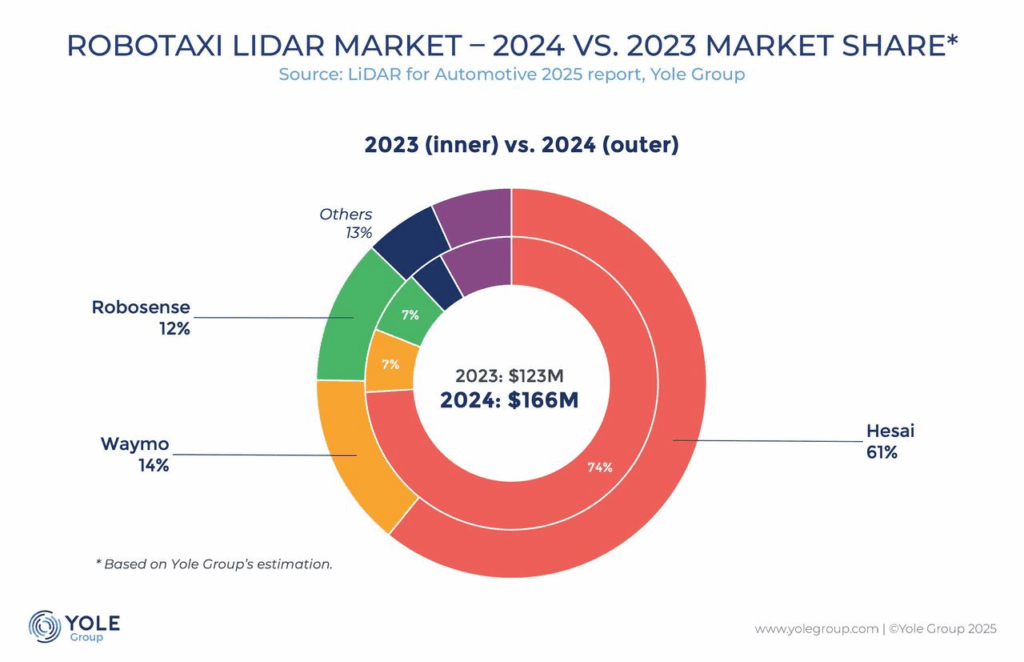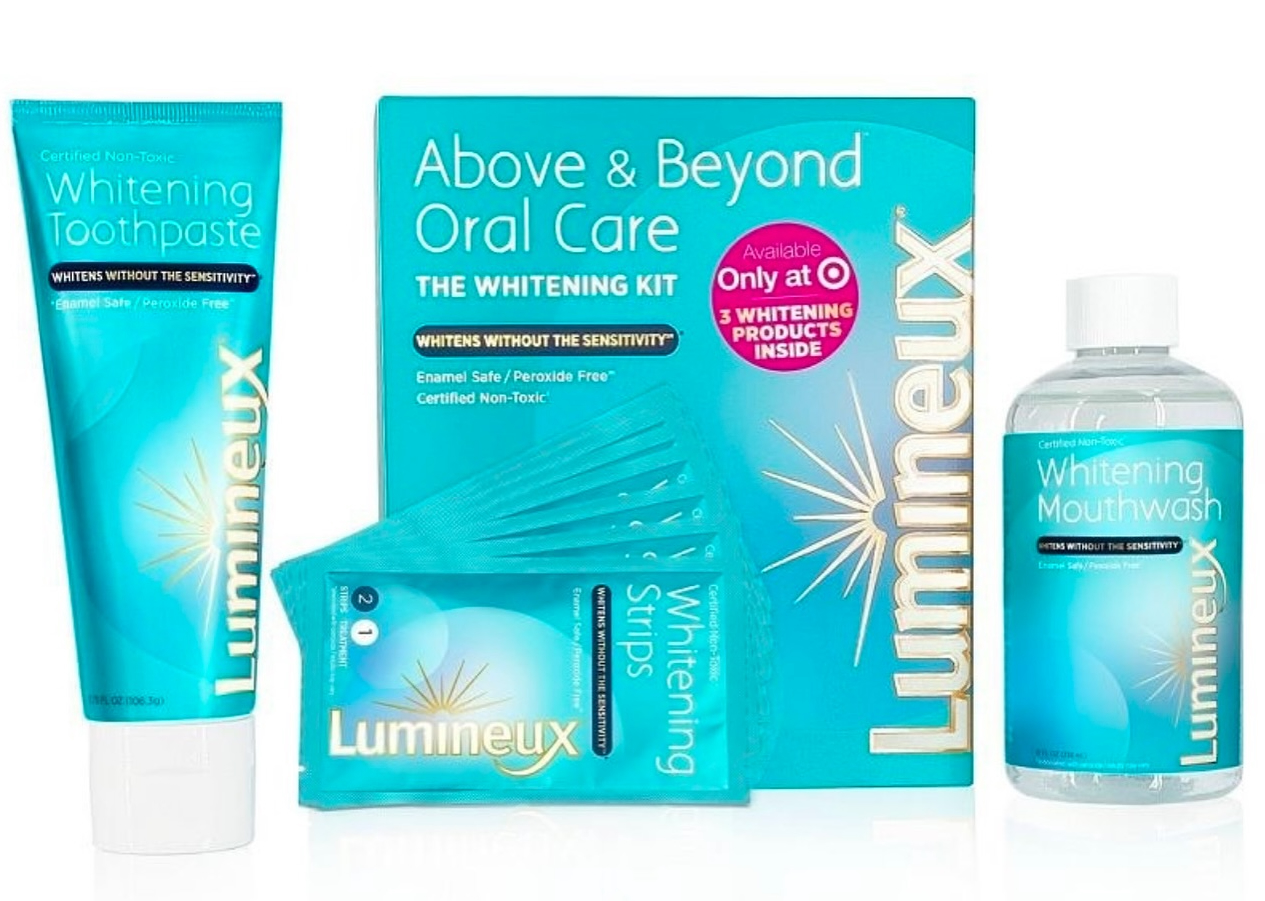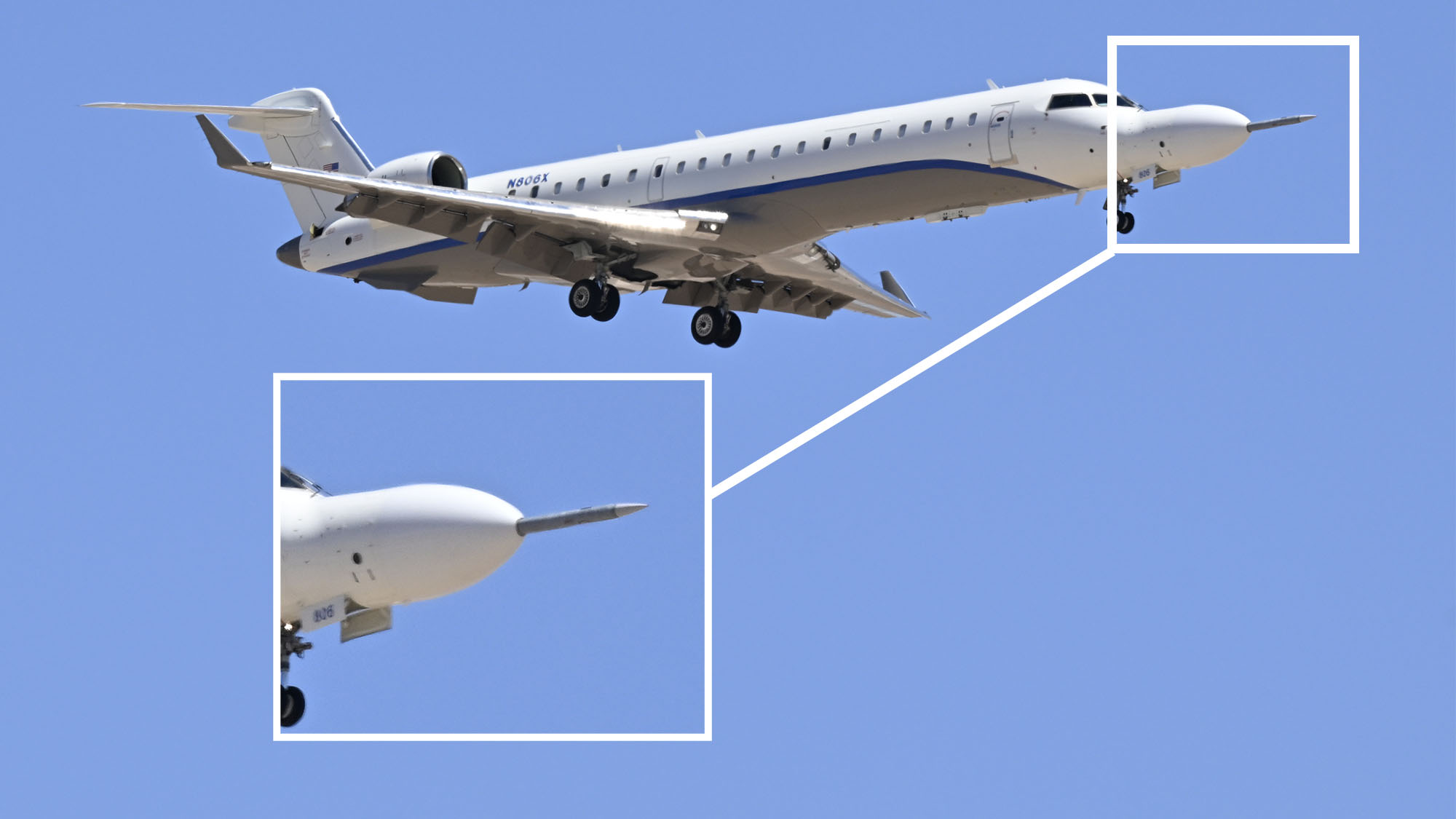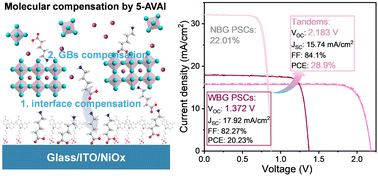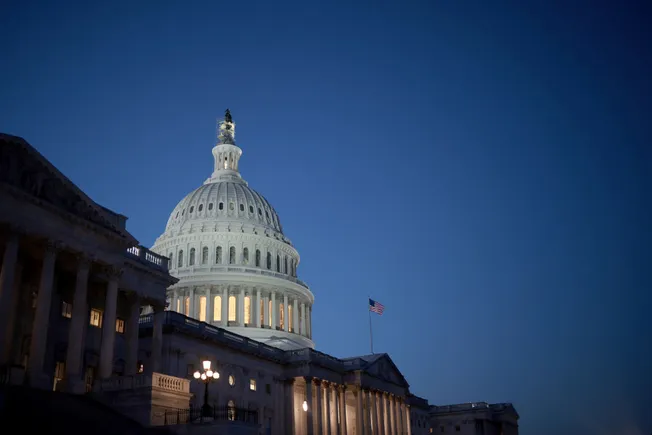Chris Yorke, CEO of the Austrian Wine Marketing Board, has revealed how the Austrian industry will respond to Trump’s tariffs, with activities all over the world building the industry‘s resilience.
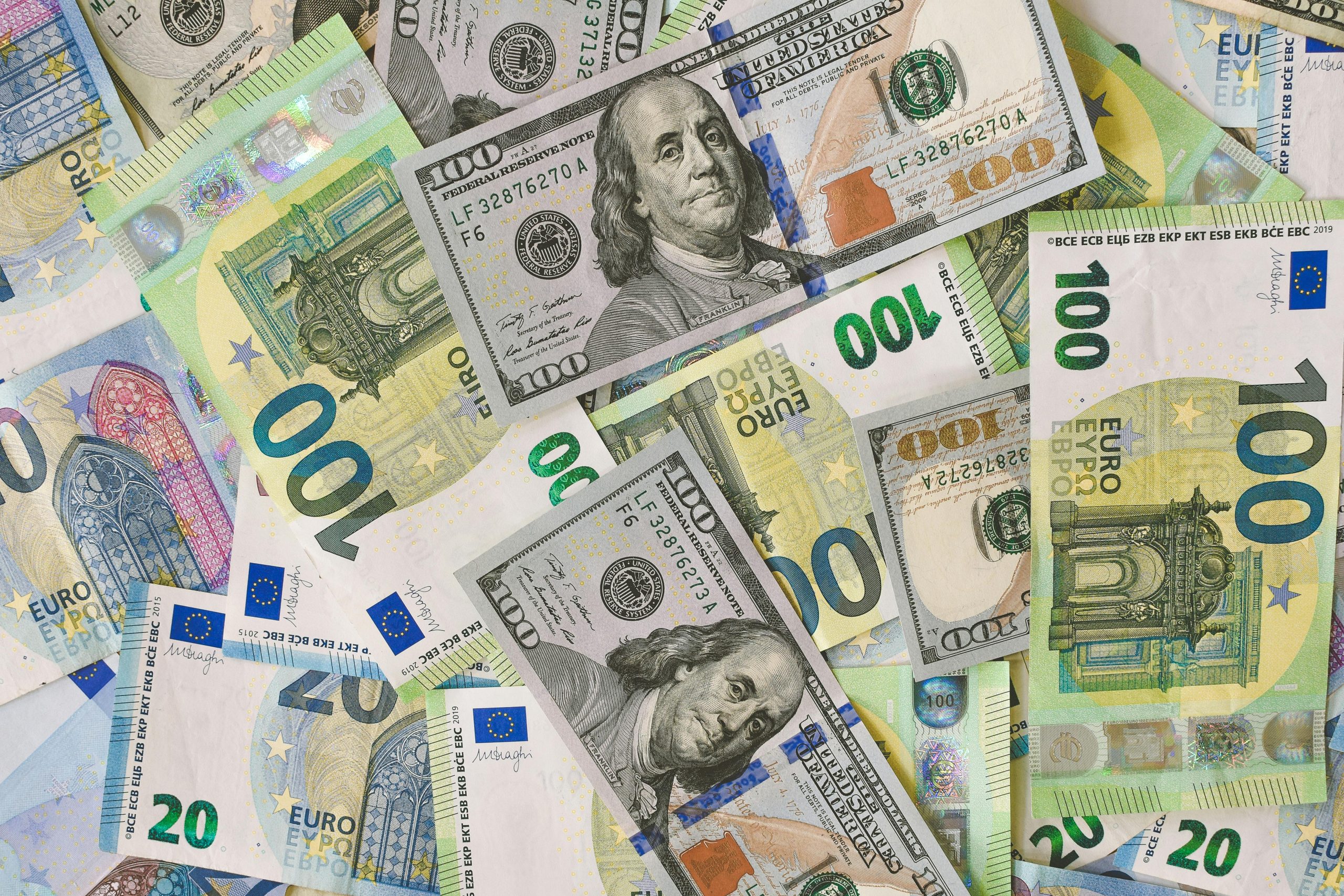
The word on everyone’s lips and – we must confess – journalists’ pens is ‘tariffs’. After years of ongoing disputes, notably in the APAC region, tariffs have become a global concern with Donald Trump’s second term in the White House.
Now, as some of the dust settles, producers, exporters and national wine bodies are starting to formulate their detailed responses. Chris Yorke, CEO of the Austrian Wine Marketing Board, recently shared his take on the current state of affairs, as well as the comprehensive measures he and his team are taking to support Austrian winemakers.
The present position
There seem to be two main takeaways from the current situation. The first, according to Yorke’s analysis, is that any tariff regime will be a challenge for Austria’s wine industry. The second is that uncertainty is the order of the day in global trade.
Tariffs imposed by the US will sting for Austrian producers because the US is Austria’s second largest export market by value. In the last year, the nation exported 3.3 million litres of wine to the US, amounting to €19.8 million in value.
Since those figures equate to 5% of exports by volume and 8.5% by value, any tariffs will cause issues. That second figure is particularly important; with an average price of €6 per litre, the US is a notably strong export market for higher quality wines that can demand a higher price.
Yorke’s second point is that decision-making in Washington is currently very difficult to predict. To see that, you only need to look at the changes to the tariff regime.
An initial threat of 200% tariffs on alcoholic products that was floated in March would clearly have been catastrophic to exporters. Fortunately this did not come to pass, but a blanket 20% tariff on goods from the European Union was announced at the beginning of April. This has been suspended for 90 days, but a baseline tariff of 10% is nonetheless in place.
Clearly, it is hard to say with certainty what level of tariff will stick. However, Yorke and his team are currently assuming that the dust will settle at that 20% level. The Austrian Wine Marketing Board is therefore ramping up its activities to safeguard the industry.
Protecting US exports
Though a challenge, the situation is very far from a lost cause. Indeed, it is making the Austrian wine industry realise just how strong its ties to the US are.
Many producers have been exporting to the US for years, if not decades. With a strong reputation for quality and well-established business relationships, Austrian wineries have partners in the US who will help find solutions and continue to sell the wines.
It is also worth considering that many producers around the world are in the same boat. The US is not just Austria’s second largest export market; it is the world’s largest importer of wine. Hence Austrian producers have a level playing field compared to, for instance, other EU wineries, and can leverage their longstanding relationships to ensure they continue to thrive.
Moreover, the Austrian Wine Marketing Board is running activities across the US to maintain Austrian wine’s position and reputation in the face of tariffs. These include masterclasses in both Washington and the West Coast, a sommelier competition in Florida and support for retailers and across wine media.
There are even Atlantic-crossing endeavours. By inviting US wine experts to Austria, Yorke and his team intend to showcase exactly why Austrian wines deserve their place on the shelf. Meanwhile, the Austrian Wine Marketing Board continues to support the
Karakterre Wine Fair, a celebration of Central and Eastern European winemaking that runs every year in both New York and Vienna.
Supporting other markets
Of course, when a single market puts protectionist policies in place, it calls to mind some sage advice: do not put all your eggs in one basket. Yorke and his team are thus ramping up activities elsewhere, amounting to one of the biggest programmes of events in the history of the Austrian Wine Marketing Board.
These events will target key export markets such as Germany, Switzerland, Canada, Scandinavia, Benelux, the UK and Asia. For instance, upcoming events in Canada, Sweden, Japan, Singapore and Switzerland will showcase the products of more than 300 wineries. There are also activations planned for retailers, hospitality businesses and media, beating the drum for the nation’s wines.
Of course, there is one further key market to assess: Austria. The domestic market is vital to the success of Austrian wine, and it has not been neglected in these plans.
Since other countries affected by US tariffs may pivot to other markets, there is a risk of added competition in Austria, particularly from other EU member states. Hence, the Austrian Wine Marketing Board is proactively collaborating with major retailers and wholesalers to buttress the position of domestic producers.
Moreover, it is turning to address longer term challenges in the wine industry. As red wine consumption declines globally, a new campaign in June aims to present Austria’s red wines in a fresh, new light. Meanwhile, with the wine world
wondering how to connect with 20–35 year-olds, a new campaign will specifically target them over the next year to prove Austrian wine’s accessibility.
No-one would wish tariffs on the wine industry, and whatever the final level, they will be a challenge. However, the Austrian wine industry is demonstrating the value in fighting proactively against them. With ambitious plans to protect its exports from tariffs, the outlook is far from gloomy for Austrian wine.

 The word on everyone’s lips and – we must confess – journalists’ pens is ‘tariffs’. After years of ongoing disputes, notably in the APAC region, tariffs have become a global concern with Donald Trump’s second term in the White House.
Now, as some of the dust settles, producers, exporters and national wine bodies are starting to formulate their detailed responses. Chris Yorke, CEO of the Austrian Wine Marketing Board, recently shared his take on the current state of affairs, as well as the comprehensive measures he and his team are taking to support Austrian winemakers.
The word on everyone’s lips and – we must confess – journalists’ pens is ‘tariffs’. After years of ongoing disputes, notably in the APAC region, tariffs have become a global concern with Donald Trump’s second term in the White House.
Now, as some of the dust settles, producers, exporters and national wine bodies are starting to formulate their detailed responses. Chris Yorke, CEO of the Austrian Wine Marketing Board, recently shared his take on the current state of affairs, as well as the comprehensive measures he and his team are taking to support Austrian winemakers.






















